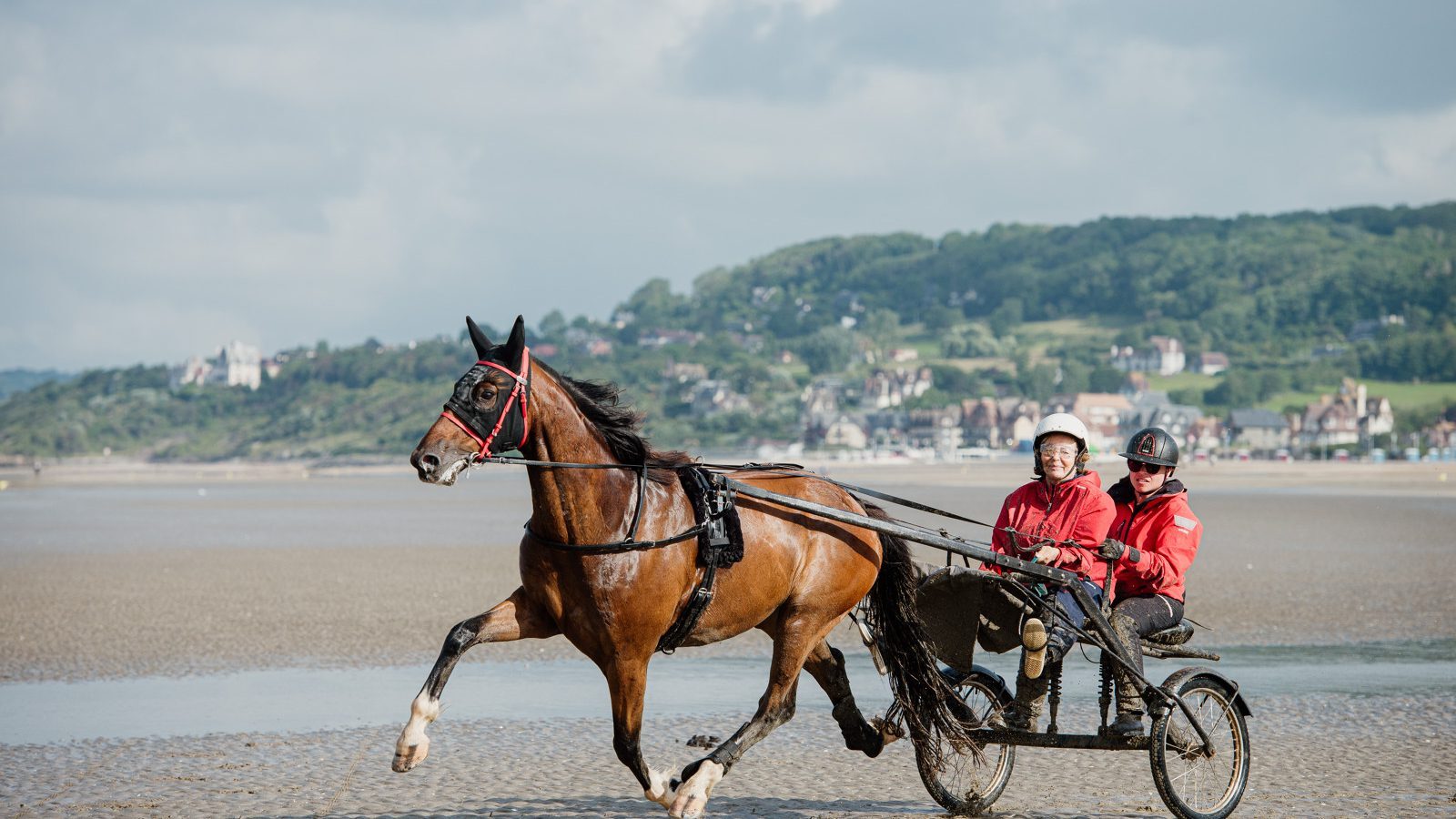
Harness racing is a thrilling sport where horses race at a specific gait while pulling a two-wheeled cart called a sulky. Unlike traditional horse racing, harness racing focuses on the horse's ability to trot or pace. Did you know that this sport has roots dating back to ancient chariot races? Today, it’s popular in countries like the United States, Canada, and Australia. What makes harness racing unique is the bond between the driver and horse, as they work together to maintain speed and rhythm. Whether you're a seasoned fan or new to the sport, these 27 facts will give you a deeper appreciation for harness racing's rich history and exciting present.
What is Harness Racing?
Harness racing is a unique form of horse racing where horses pull a two-wheeled cart called a sulky. The driver sits in the sulky and guides the horse around the track. This sport has a rich history and many interesting aspects.
-
Harness racing dates back to ancient Greece and Rome, where chariot races were popular.
-
The modern version of harness racing began in the United States in the early 19th century.
-
Standardbred horses are the breed most commonly used in harness racing due to their speed and stamina.
Types of Harness Racing
There are two main types of harness racing: trotting and pacing. Each has its own set of rules and techniques.
-
In trotting races, horses move their legs in diagonal pairs, meaning the right front and left hind legs move together.
-
Pacing races involve horses moving their legs laterally, with the right front and right hind legs moving together.
-
Pacing is generally faster than trotting, making it more popular in North America.
The Role of the Driver
The driver plays a crucial role in harness racing, guiding the horse and making strategic decisions during the race.
-
Drivers use reins and a whip to communicate with the horse, though the whip is more for guidance than punishment.
-
Successful drivers need to have a deep understanding of their horse's abilities and temperament.
-
Many drivers start their careers as trainers or grooms, gaining valuable experience before taking the reins.
The Tracks and Races
Harness racing tracks are usually oval-shaped and can vary in length. The conditions of the track can significantly impact the race.
-
Most harness racing tracks are either half-mile, five-eighths mile, or one-mile long.
-
Track surfaces can be dirt, clay, or a synthetic material, each offering different levels of traction and speed.
-
Races are typically one mile long, but some special events feature longer distances.
Betting on Harness Racing
Betting is a big part of the excitement in harness racing. Fans can place various types of bets, each with its own odds and potential payouts.
-
The most common types of bets are win, place, and show, where you bet on a horse to finish first, second, or third.
-
Exotic bets like exactas, trifectas, and superfectas involve predicting the order of multiple horses.
-
Betting strategies often involve studying past performances, track conditions, and driver statistics.
Famous Races and Horses
Certain races and horses have become legendary in the world of harness racing, drawing large crowds and significant media attention.
-
The Hambletonian Stakes is one of the most prestigious trotting races in the United States.
-
The Little Brown Jug is a famous pacing race held annually in Delaware, Ohio.
-
Niatross, a pacing horse, is considered one of the greatest harness racing horses of all time.
The Global Scene
Harness racing is not just popular in the United States; it has a significant following around the world.
-
Sweden, France, and Australia are known for their strong harness racing traditions.
-
The Elitloppet in Sweden is one of the most famous international harness racing events.
-
In France, the Prix d'Amérique is a major trotting race held annually in Paris.
The Evolution of Equipment
Over the years, the equipment used in harness racing has evolved to improve safety and performance.
-
Modern sulkies are made from lightweight materials like aluminum and carbon fiber.
-
Horses wear specialized shoes to provide better traction and reduce the risk of injury.
-
Drivers wear helmets and protective vests to ensure their safety during races.
The Future of Harness Racing
As technology and training methods advance, the future of harness racing looks promising.
-
Advances in veterinary medicine have improved the health and longevity of racing horses.
-
Data analytics are being used to optimize training programs and race strategies.
-
Efforts are being made to make the sport more accessible and appealing to younger audiences.
Final Lap
Harness racing, with its rich history and unique charm, offers a thrilling experience for both participants and spectators. From the fascinating origins of the sport to the impressive speed of Standardbred horses, there's a lot to appreciate. The sport's global reach, with major events in North America, Europe, and Australia, highlights its universal appeal. Understanding the difference between trotting and pacing adds another layer of depth to the excitement. Whether you're a seasoned fan or new to the track, harness racing's blend of strategy, skill, and speed is sure to captivate. So next time you find yourself at a harness racing event, you'll have a deeper appreciation for the sport's nuances and history. Enjoy the races, and may your favorite horse cross the finish line first!
Was this page helpful?
Our commitment to delivering trustworthy and engaging content is at the heart of what we do. Each fact on our site is contributed by real users like you, bringing a wealth of diverse insights and information. To ensure the highest standards of accuracy and reliability, our dedicated editors meticulously review each submission. This process guarantees that the facts we share are not only fascinating but also credible. Trust in our commitment to quality and authenticity as you explore and learn with us.


